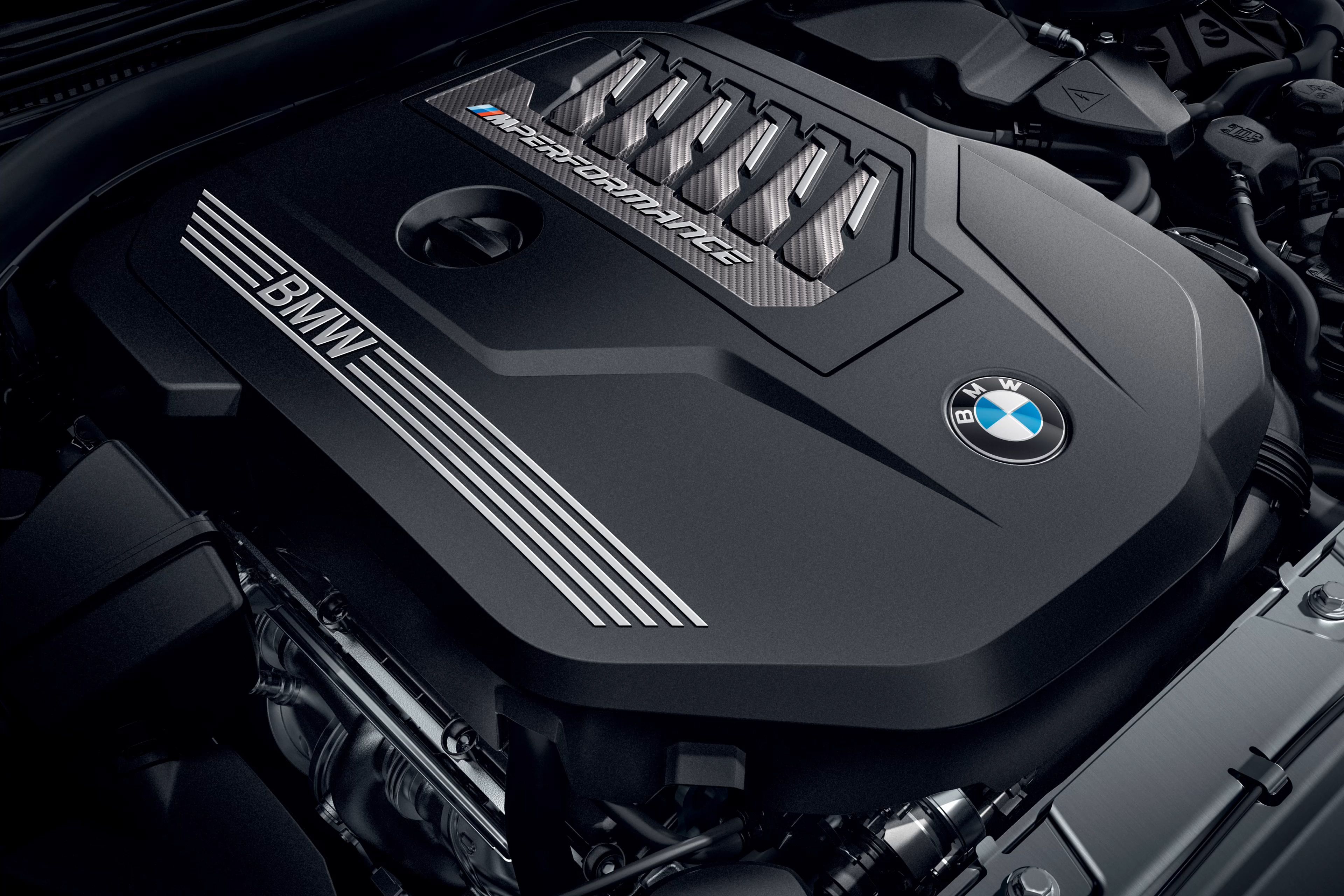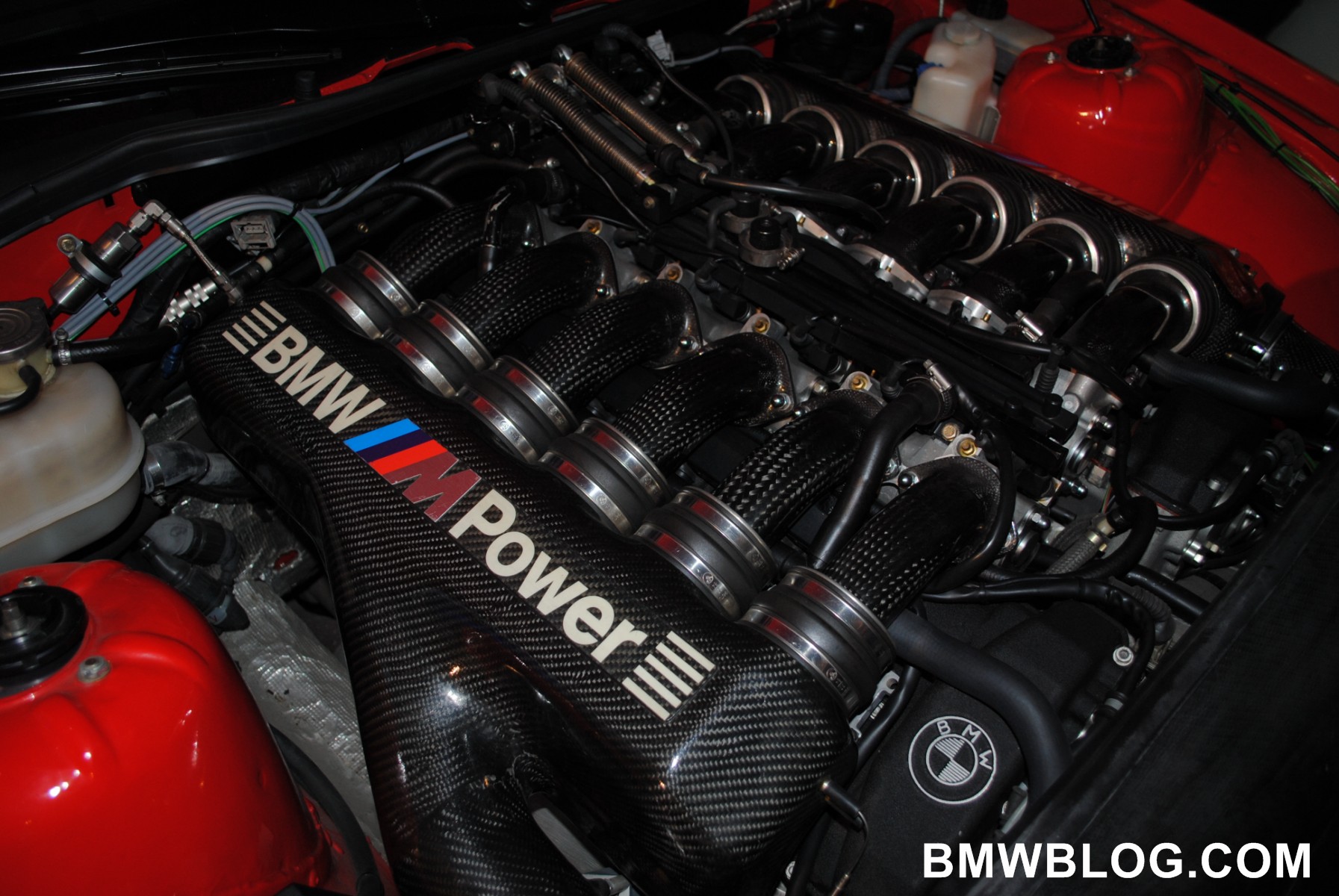A Comprehensive Overview to Recognizing BMW Engine Specs
A Comprehensive Overview to Recognizing BMW Engine Specs
Blog Article
Discovering the Evolution of Burning Engines in Modern Transport Equipments
As we browse the landscape of modern transport, the advancement of burning engines stands as a testament to human ingenuity and engineering prowess. From their humble starts to the innovative giants driving automobiles today, burning engines have undergone an amazing journey of innovation and adjustment. Recognizing the ins and outs of this development not only sheds light on the past but additionally leads the way for envisioning what exists in advance in the realm of transportation technology. The interplay of background, technology, and environmental concerns in shaping the trajectory of burning engines develops a story that is both compelling and insightful.
Early Beginnings of Combustion Engines
Just how did the concept of burning engines first arise in the beginning of transportation growth? When the principles of inner combustion were very first explored, the origins of burning engines can be mapped back to the 17th century. In 1673, Christian Huygens conceived a basic interior combustion engine that utilized gunpowder to create power. It wasn't up until the late 19th century that practical applications of combustion engines in transport started to emerge.
The advancement moment featured the invention of the very first effective gasoline-powered engine by Karl Benz in 1885 - bmw engine. This engine led the means for the development of the contemporary car, revolutionizing transportation systems worldwide. Subsequent advancements by Nikolaus Otto and Gottlieb Daimler better refined combustion engine innovation, bring about the mass manufacturing of automobiles and the rapid growth of the transportation market
These early combustion engines were defined by their simplicity and efficiency, laying the foundation for the facility and effective engines made use of in modern-day transport systems. The development of combustion engines has been instrumental fit the means we take a trip and deliver items, marking a considerable milestone in the history of transport growth.
Shift to Internal Combustion Modern Technology
The change to interior combustion modern technology noted an essential shift in the evolution of transport systems. This change began in the late 19th century, with developers like Nikolaus Otto and Gottlieb Daimler creating the very first successful inner combustion engines. These engines revolutionized transport by providing a more powerful and efficient alternative to heavy steam engines and electric motors.
Among the essential advantages of inner combustion engines was their capacity to be scaled down to suit automobiles, leading to the advancement of vehicles and bikes. This shift from cumbersome, stationary engines to portable, mobile ones led the way for the modern transport systems we see today.
The transition to interior combustion innovation additionally spurred innovations in fuel modern technology, resulting in the growth of gasoline and diesel as main gas sources for automobiles. This shift not only made transport more easily accessible to the masses but likewise laid the structure for the oil and gas industry to become important to global economic climates.
Influence of Combustion Engines on Transportation
The fostering of burning engines in transportation systems catalyzed a profound change in the performance and speed of worldwide wheelchair. Burning engines revolutionized transportation by supplying a flexible and trustworthy resource of power for various cars, including cars and trucks, vehicles, ships, and aircrafts. This advancement dramatically visite site boosted the capacity for goods and people to conform fars away in shorter time frames, resulting in enhanced connectivity between regions and countries.
Furthermore, the prevalent usage of Bonuses burning engines has actually had a significant influence on economic advancement. The ability to transfer goods efficiently has stimulated profession and business, enabling companies to expand their markets and get to customers worldwide. This has helped with economic development and globalization, as items can now be carried faster and in larger amounts than ever.
Nevertheless, the environmental influence of burning engines can not be neglected. The combustion of fossil gas has resulted in air contamination and greenhouse gas discharges, adding to environment modification and posing wellness dangers to populations. bmw engine. Because of this, there is a growing emphasis on creating alternative propulsion modern technologies to alleviate these unfavorable results and produce a more lasting future for transport
Developments in Combustion Engine Style
Numerous innovations in combustion engine layout have moved the advancement of transportation systems over the years. One noteworthy technology is the advancement of turbocharged engines, which use exhaust gases to drive a wind turbine that compresses inbound air, allowing for even more fuel to be scorched, causing enhanced power look at these guys result without a significant increase in engine dimension. In addition, direct shot technology has actually improved fuel performance and performance by specifically controlling the amount and timing of gas infused into the combustion chamber. Variable shutoff timing systems have also changed engine style by enhancing air movement at different engine speeds, boosting both power and performance. Another considerable innovation is the integration of lightweight products such as carbon fiber and light weight aluminum alloys, reducing overall engine weight and enhancing automobile gas economy. Additionally, improvements in computer-aided layout have actually enabled engineers to optimize engine performance and effectiveness with simulations prior to physical models are constructed, conserving time and sources in the growth procedure. These technologies jointly add to the continual renovation of burning engines in contemporary transportation systems.
Future Patterns in Combustion Engine Growth
With innovation developments driving continuous technology, the future of combustion engine development is positioned to transform transport systems internationally. One of the vital patterns in combustion engine growth is the push in the direction of higher efficiency and minimized emissions. Suppliers are investing greatly in r & d to improve engine performance while satisfying stringent ecological regulations. This consists of the integration of sophisticated gas injection systems, boosted turbocharging methods, and making use of lightweight products to maximize fuel intake and decrease carbon discharges.
An additional prominent trend is the fostering of crossbreed technologies in combustion engines. Hybrid engines incorporate traditional combustion innovation with electrical power, supplying improved fuel effectiveness and reduced exhausts. As the automotive industry shifts towards electrification, crossbreed burning engines are viewed as a transitional remedy that bridges the gap between traditional automobiles and totally electrical ones.
Moreover, the combination of clever innovations, such as artificial knowledge and data analytics, is expected to play a considerable function in the future of burning engine development. These modern technologies can maximize engine performance in real-time, causing a lot more efficient burning procedures and improved total car performance. Welcoming these future fads will certainly not only drive advancement in combustion engine advancement but also contribute to a more lasting and eco pleasant transport ecological community.

Verdict
In verdict, the advancement of burning engines in modern-day transport systems has actually been noted by substantial improvements in modern technology and layout. From the very early starts of combustion engines to the transition to internal combustion technology, these engines have actually had an extensive influence on transport. Advancements in combustion engine design remain to drive progression in this area, with future patterns focusing on further improving performance and lowering discharges. The future of combustion engines in transportation looks encouraging as r & d efforts remain to press limits.
The roots of burning engines can be traced back to the 17th century when the concepts of interior combustion were initial checked out. These engines revolutionized transport by providing a more reliable and powerful alternative to heavy steam engines and electric motors.

Report this page